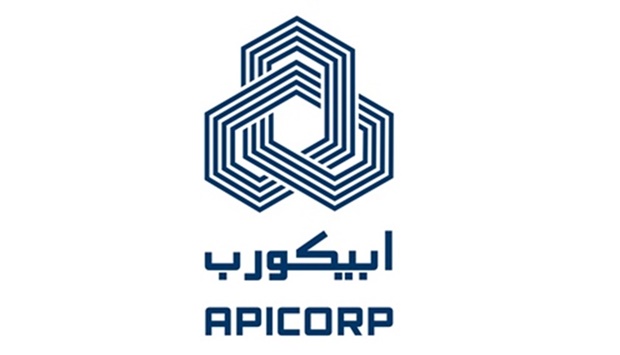The multilateral lending institution's analysis shows that right across the region, blue and green hydrogen would dominate the emerging hydrogen markets in the near term.
The report forecasts that hydrogen markets would start scaling up as the market foundations are established, and for the Mena region – the Gulf Co-operation Council or GCC and North Africa specifically – the focus would be on exporting low-carbon hydrogen to demand centres in Europe and south East Asia via ammonia shipments.
“In the medium term, blue hydrogen proves to be a more attractive option to the Mena region," said Suhail Shatila, senior energy specialist at Apicorp.
Blue hydrogen can be produced at a relatively low cost, and it would only slightly disrupt the existing business models of international and national oil companies, he said.
"This is a central metric in the energy transition journey since hydrocarbon producers will play a key role in decarbonising the upstream oil and gas sector and help reach net-zero targets by mid-century,” he added.
The global hydrogen demand reached 88mn tonnes per year in 2020 with 58% used for producing ammonia and methanol, and the remaining 42% for refining and industrial applications. The Mena constituted almost 10% of this hydrogen demand and almost all quantities were used as a feedstock for petrochemicals and refining activities.
The report forecasted that the total planned and committed investments in the Mena region are expected to increase by 9% to exceed $879bn over the next five years – a $74bn increase from the $805bn estimate in last year’s five-year outlook.
In the GCC, it said, the committed projects comprise around 45% of total energy investments – 50% higher than the Mena-wide average of 30%.
Ramy al-Ashmawy, senior energy specialist at Apicorp, said the Mena region continues to progress in its unique energy transition path.
The Mena countries shoulder the largest share of global investments in oil and gas going forward to ensure global energy security and avoid an impending super cycle that may severely hamper the world economy, according to him.
At the same time, the region continues to invest in decarbonisation, renewables and clean energy as part of the long-term strategic vision for a low-carbon future underpinned by a greener, more balanced, and sustainable energy mix, he said.
The report said energy diversification is at the top of the agenda, with several Mena countries integrating renewables in their generation mix as part of a shared policy objective to diversify the power mix with low-cost, low-carbon energy sources and bolster power supply security.
The region is expected to add 5.6GW of installed capacity from renewables in 2022, nearly double the 3GW which came online in 2021. By 2026, the region is expected to add 33GW by installed capacity of renewables, with around 26GW as utility and distributed solar PV.


